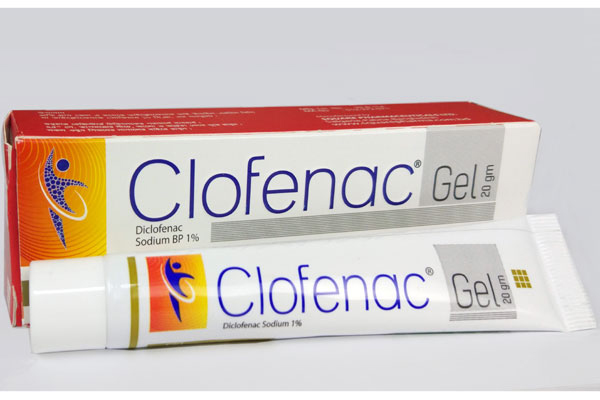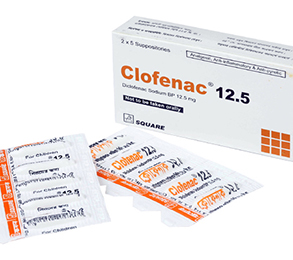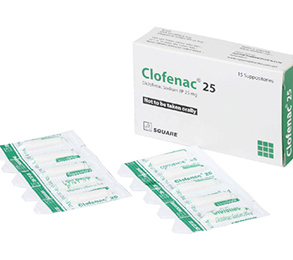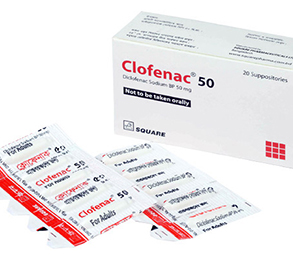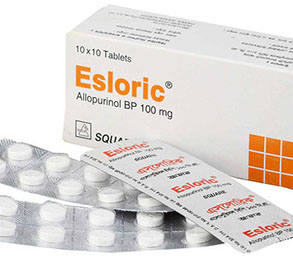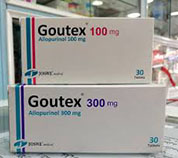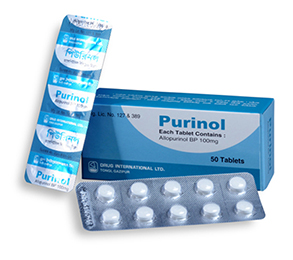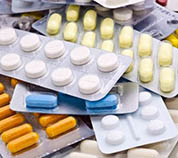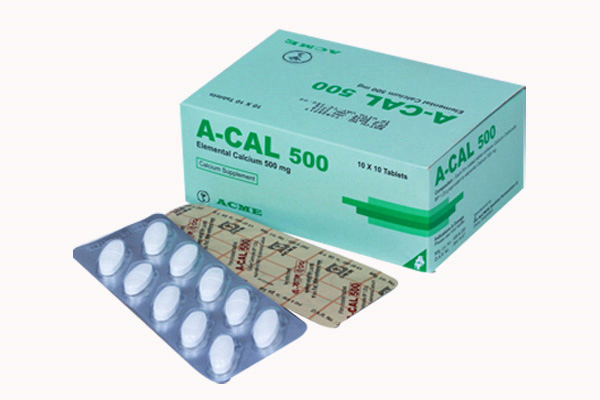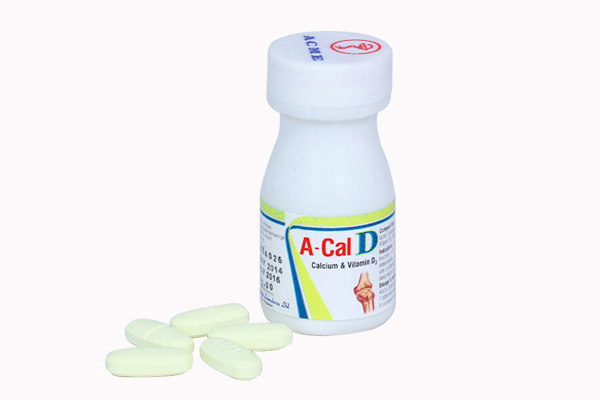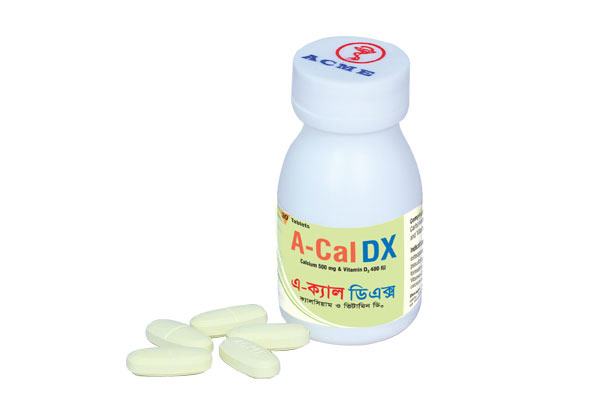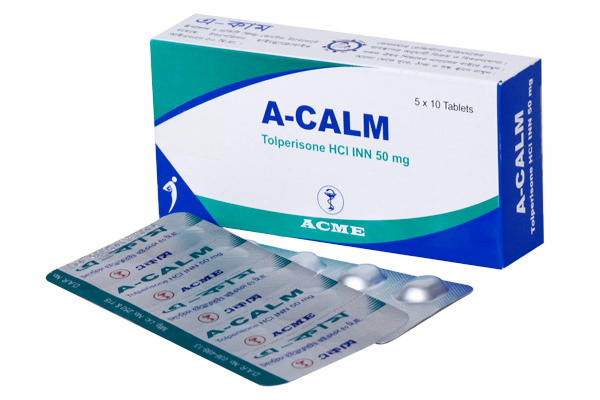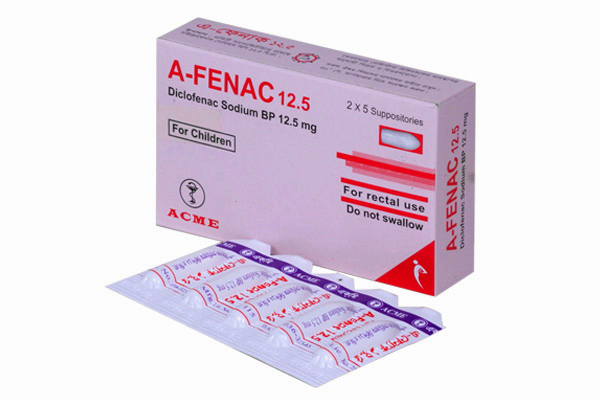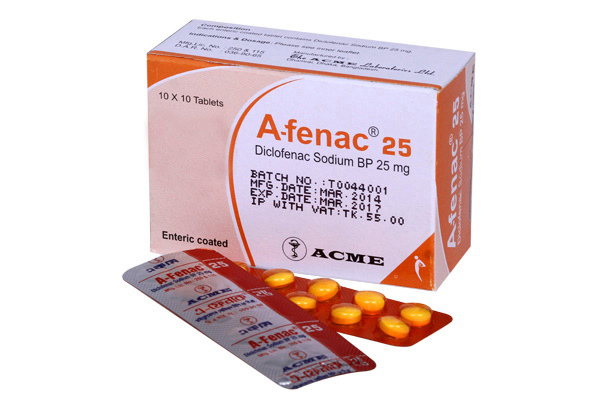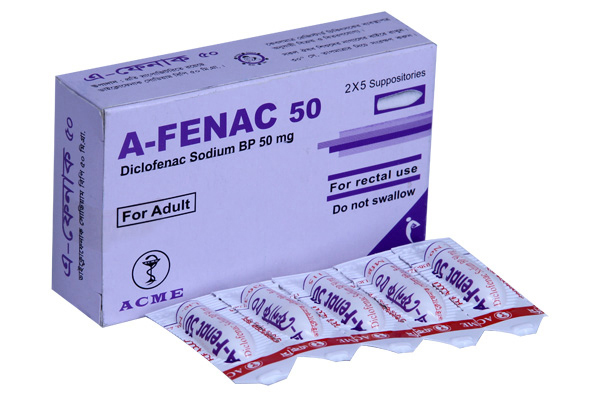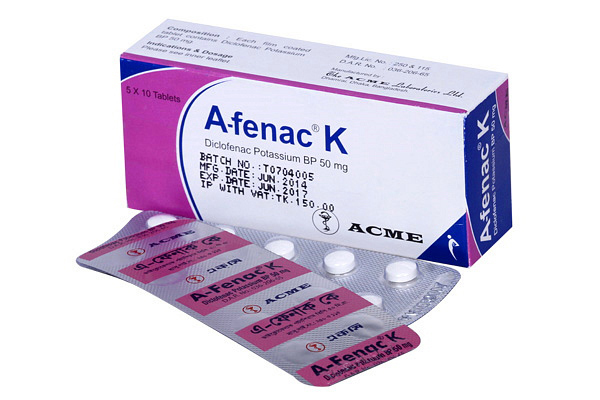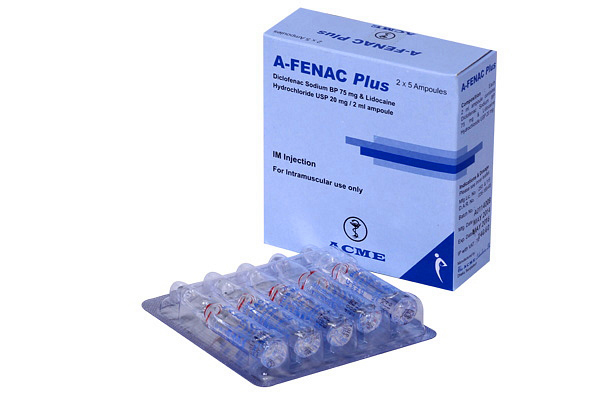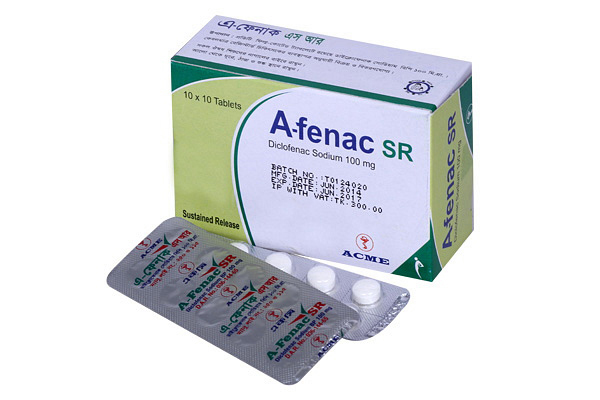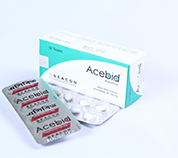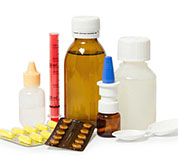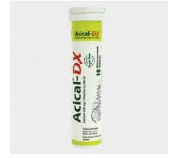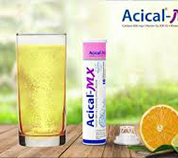Clofenac 20g 1 Pc
Alternative products
Diclofenac Sodium
Indications
Rheumatology: Inflammatory and degenerative forms of rheumatism, chronic involutive, polyarthritis, ankylosing spondylarthritis, osteoarthritis, spondylarthroses, acute gout, peri-articular rheumatic disorders.
Surgery and Traumatology: Sprain, bruises, dislocations, fractures, softtissue injuries, surgical interventions.
Obstetrics and Gynecology: Primary dysmenorrhoea, episiotomy, adnexitis, endometritis, parametritis, salpingitis, and mastitis.
Otorhinolaryngology: As pre-operative medication for the prevention of pain, inflammation, and swelling.
Dentistry: Post-operative and post-traumatic pain, inflammation, and swelling.
Other indications: For the prevention of pain and treatment of inflammation and swelling of patients operated in the urogenital tract, renal and biliary colic.
Therapeutic Class
Drugs for Osteoarthritis, Drugs used for Rheumatoid Arthritis, Non-steroidal Anti-inflammatory Drugs (NSAIDs)
Pharmacology
Dilofenac Sodium is a potent non-steroidal anti-inflammatory drug (NSAID) with pronounced anti-rheumatic, anti-inflammatory, analgesic and antipyretic properties. It has also some uricosuric effect. Diclofenac exerts its effect by inhibiting prostaglandin biosynthesis which plays a major role in causing inflammation, pain and fever. Diclofenac is rapidly and completely absorbed from the gastro-intestinal tract when taken with or after meal. Peak plasma concentrations are reached within an average of 2 hours after ingestion of it. At therapeutic concentrations, it is 99.7% bound to plasma proteins. Diclofenac is metabolized in the liver and undergoes first pass metabolism.
Dosage & Administration
Diclofenac FC Tablet: Adults: 75-150 mg daily in 2 to 3 divided doses, preferably after food. Dose should be reduced in long term use.
Diclofenac SR Tablet:
- Adult: 1 tablet daily, taken whole with liquid, preferably at meal times. If necessary, the daily dose can be increased to 150 mg by supplementation with conventional tablets.
- Children: 1-3 mg of diclofenac/kg body wt. daily in divided doses.
- Elderly patients: In elderly or debilitated patients, the lowest effective dosage is recommended, although the pharmacokinetics of diclofenac sodium is not impaired to any clinically relevant extent in elderly patients.
Diclofenac Dispersible Tablet:
- Adults: The recommended daily dosage is 2-3 tablets and the maximum daily dose is 150 mg. In milder cases, 2 tablets of Diclofenac DT per day are sufficient. Diclofenac DT should preferably be taken before meals.
- Children: Diclofenac is not recommended in children for other indications except juvenile rheumatoid arthritis where the recommended dose is 1-3 mg/kg body weight. Diclofenac DT is to be dropped into a half-glass of water and the liquid is to be stirred to aid dispersion before swallowing. There is no information on the use of Diclofenac DT for more than 03 months.
Diclofenac TR Capsule: One capsule daily. Diclofenac TR should be taken preferably after mealtimes.
Diclofenac Suppository: For adults: 50 mg suppository 2-3 times daily. Maximum daily dose is 150 mg.
Diclofenac injection: For adults the usual dose is 1 ampoule daily. In serious cases this dose may be increased up to 2 ampoules daily.
Diclofenac Gel: For external use only. Depending on the size of area to be treated, 2-4 g of Diclofenac gel should be applied to the skin 3-4 times daily. To the affected area gel should be rubbed in lightly. This gel may also be given in addition to further treatment with other dosage forms of Diclofenac.
* চিকিৎসকের পরামর্শ মোতাবেক ঔষধ সেবন করুন'
Contraindications
Contraindicated to the patients hypersensitive to any ingredient of the products. Peptic ulcer, hypersensitivity to Diclofenac like other non-steroid anti-inflammatory agents, Diclofenac is also contra-indicated in asthmatic patient in whom attack with asthma, urticaria or acute rhinitis are precipitated by acetylsalicylic acid or by other drugs with prostaglandin synthetase inhibitor. This Gel should not be used under occlusive airtight dressings.
Side Effects
Diclofenac Sodium is generally well tolerated. Adverse effects are mild, rare and transient. At the starting of the treatment, however, patients may be sometimes complaining of epigastric pain, eructation, nausea and diarrhea or dizziness or headache. These effects are usually mild in nature. Peripheral edema and skin reactions, such as rash and eczema have also been encountered. Diclofenac Sodium Gel may cause local irritation and reddening of the skin and skin rash.
Pregnancy & Lactation
During pregnancy, Diclofenac should be employed only for compelling reasons. The lowest effective dose should be used. These types of drugs are not recommended during the first trimester of pregnancy. In view of insufficient clinical data, Diclofenac Sodium Gel is not recommended during pregnancy. A very insignificant quantity of Diclofenac may be detected in breast milk but no undesirable effects on the infant to be expected.
Precautions & Warnings
In rare instances where peptic ulceration or gastrointestinal bleeding occurs in patients under treatment with Diclofenac. In patients with advanced age should be kept under close observation. Diclofenac Sodium Gel should not be allowed to come in contact with the eyes or mucus membranes, after application the hands should be washed properly and not to be taken by mouth.
Storage Conditions
Store in a cool and dry place, protected from light. Store below 30°C. Keep out of the reach of children.
- Type Gel
- Tag
- Morbi leo risus
- Porta ac consectetur ac
- Vestibulum at eros
